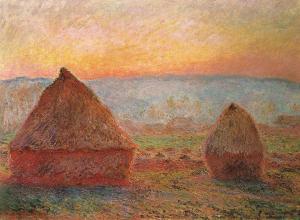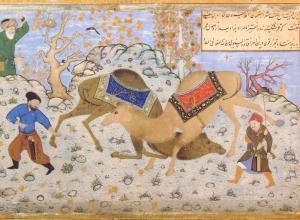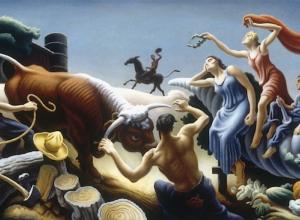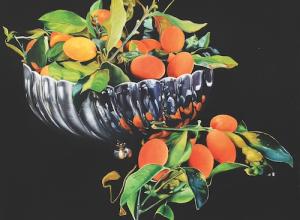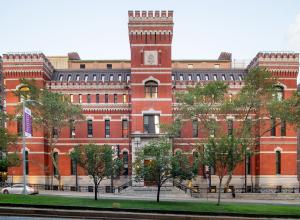In 1978, in the midst of the Lebanese civil war, Sabsabi and his family migrated to Western Sydney, and he has stayed there ever since. Now, most of his art is inspired by the adversities he has faced, speaking to this theme of the migrant experience.
However, just last Thursday, Creative Australia— the council serving to fund and advise the arts for the Government of Australia— announced their revocation of Sabsabi’s artist role in the 2026 Biennale. The council also dropped Michael Dagostino as the representative curator.
This repeal was triggered by an article in the Australian, a major national newspaper in the country, in which controversial pieces of Sabsabi’s past art had resurfaced. The works were condemned for their inclusion of altered images of Hassan Nasrallah, the assassinated Hezbollah leader, and footage from the 9/11 attacks.







